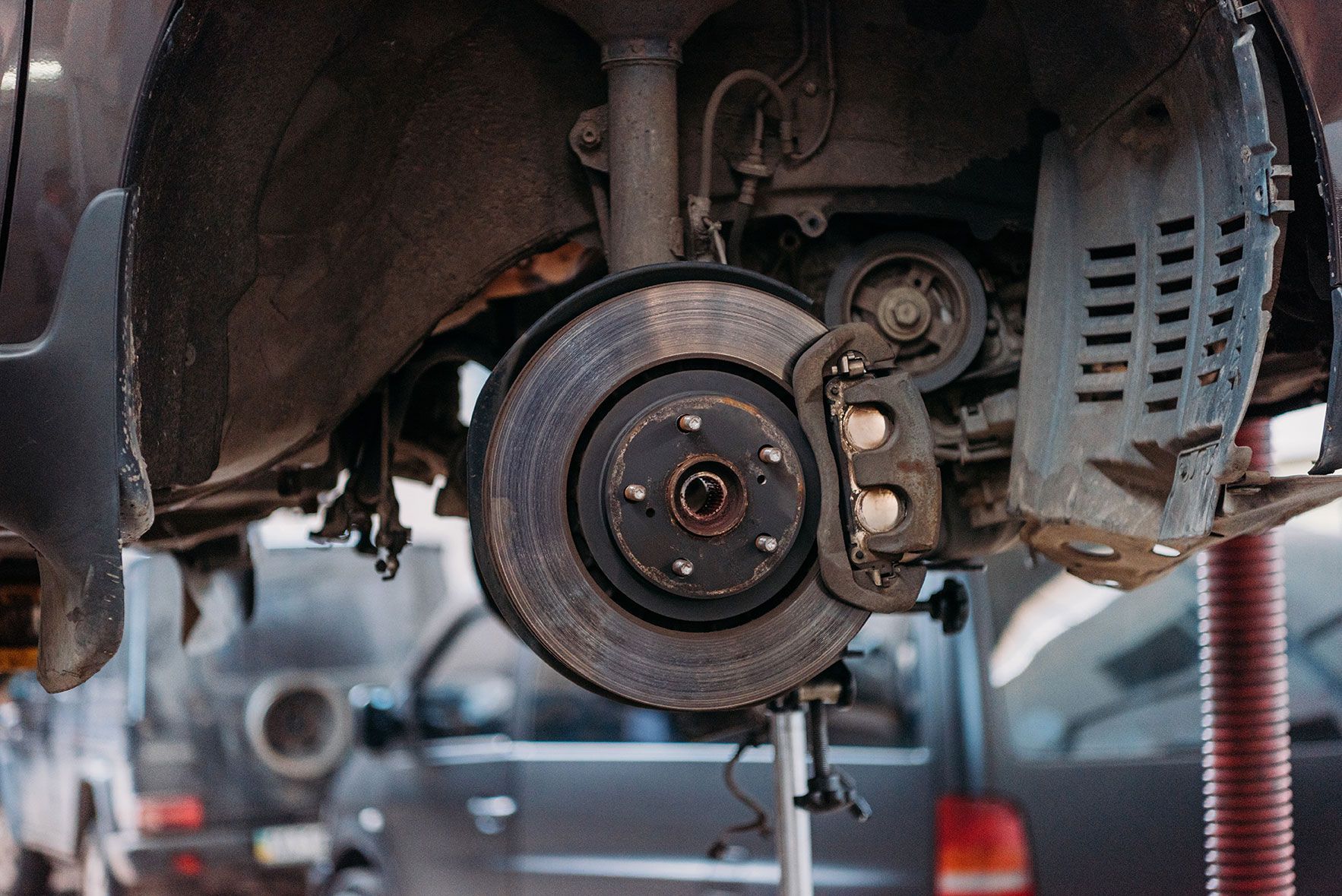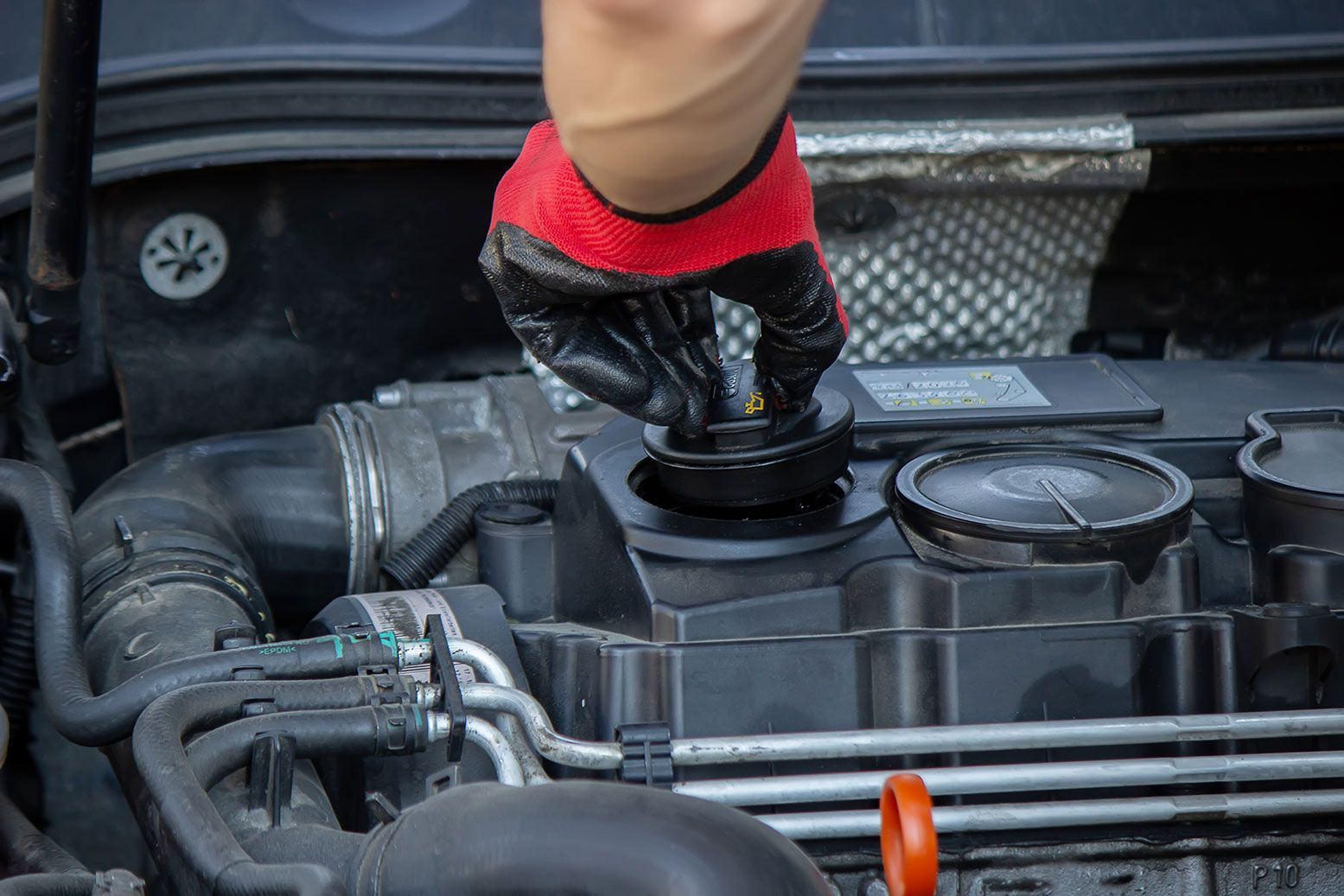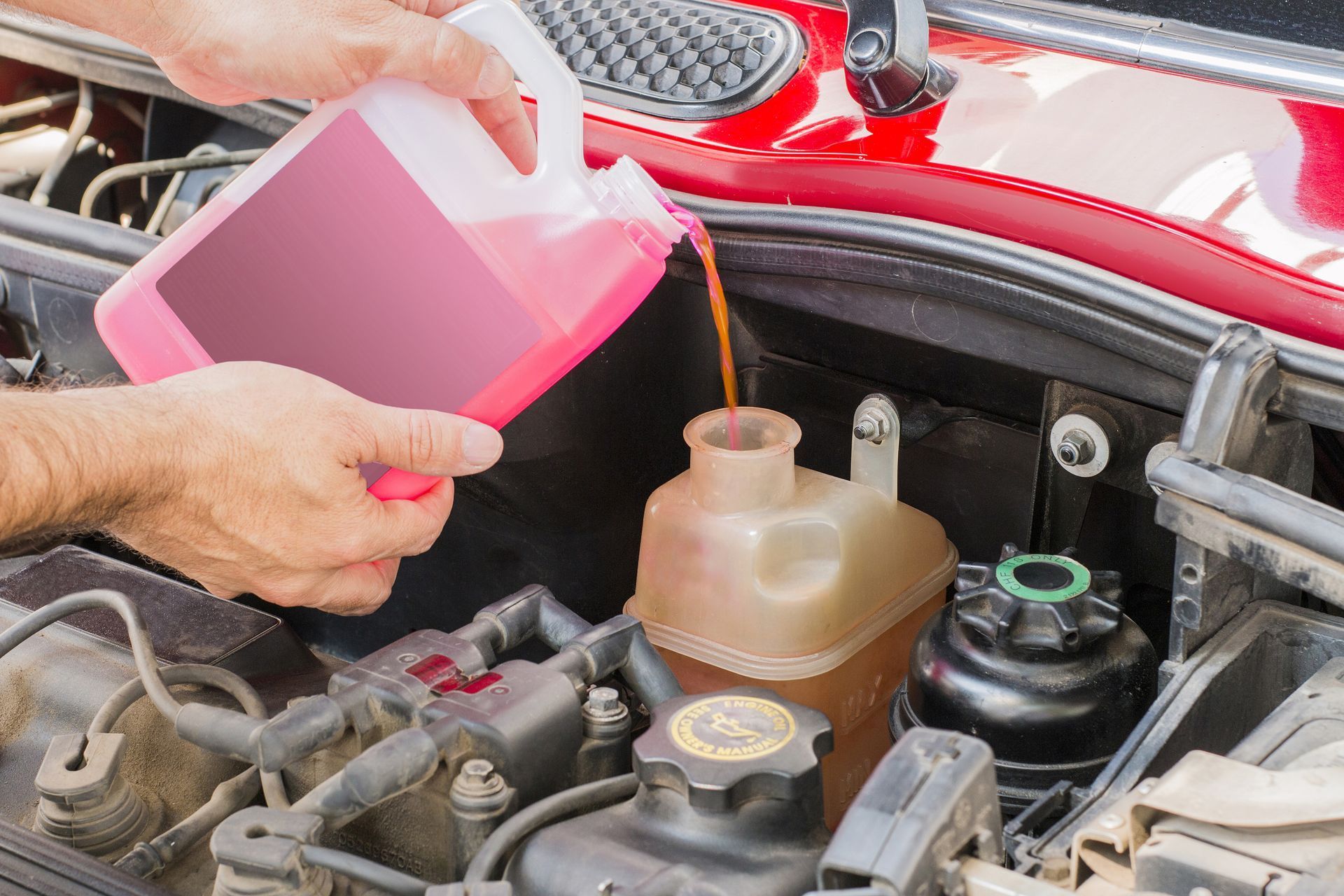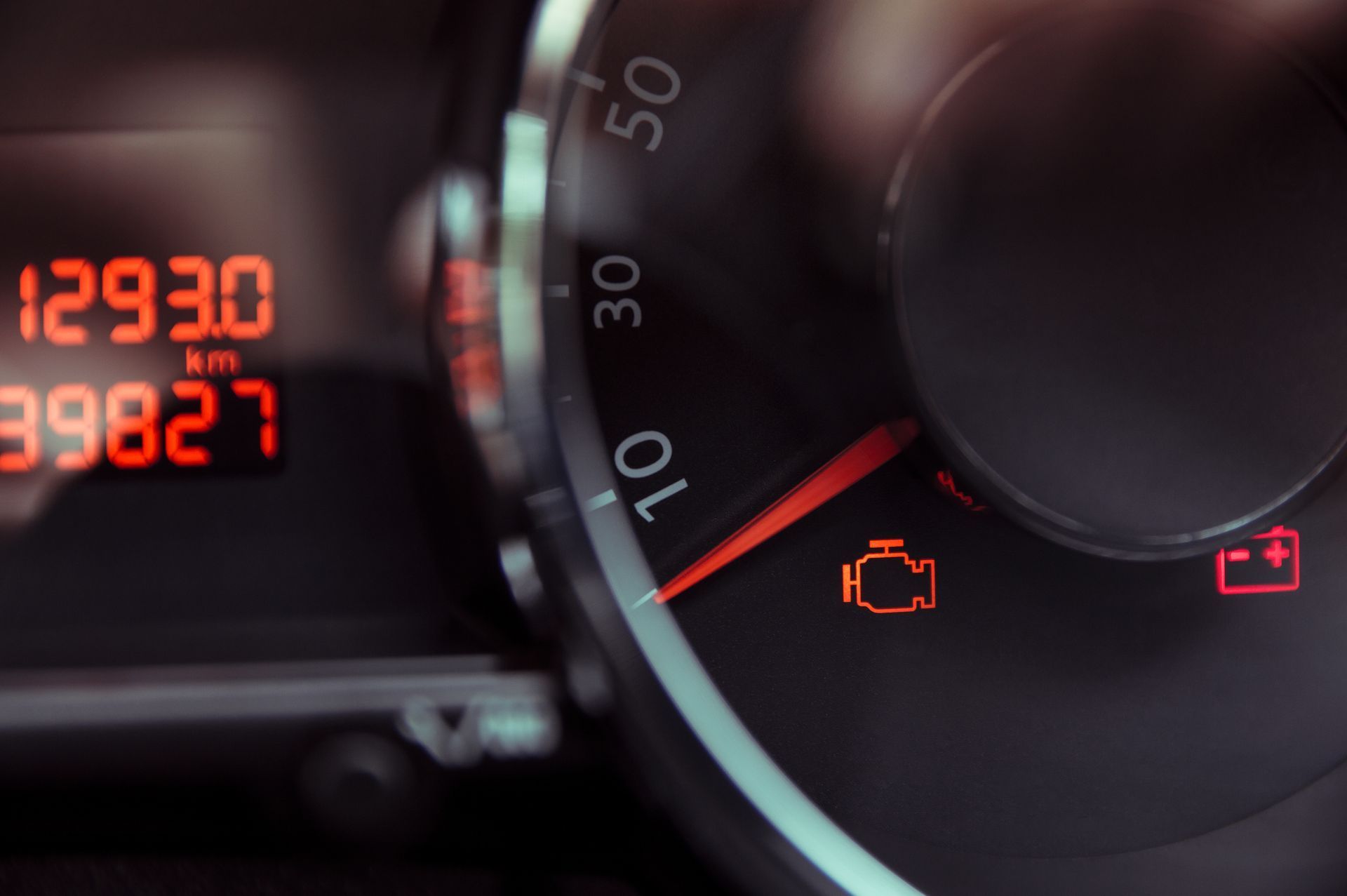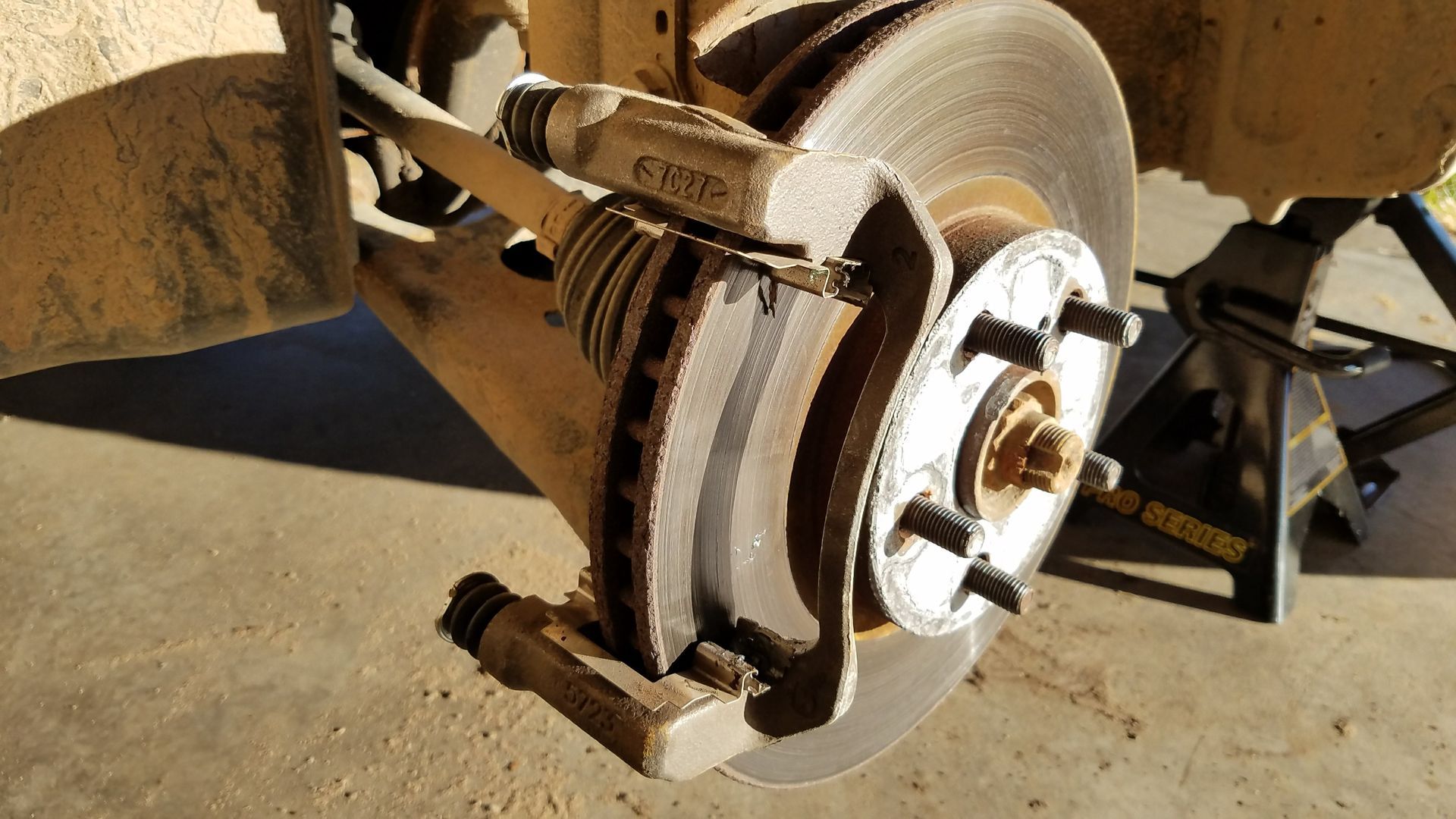What Does Blue Smoke from Your Exhaust Mean?
July 11, 2025
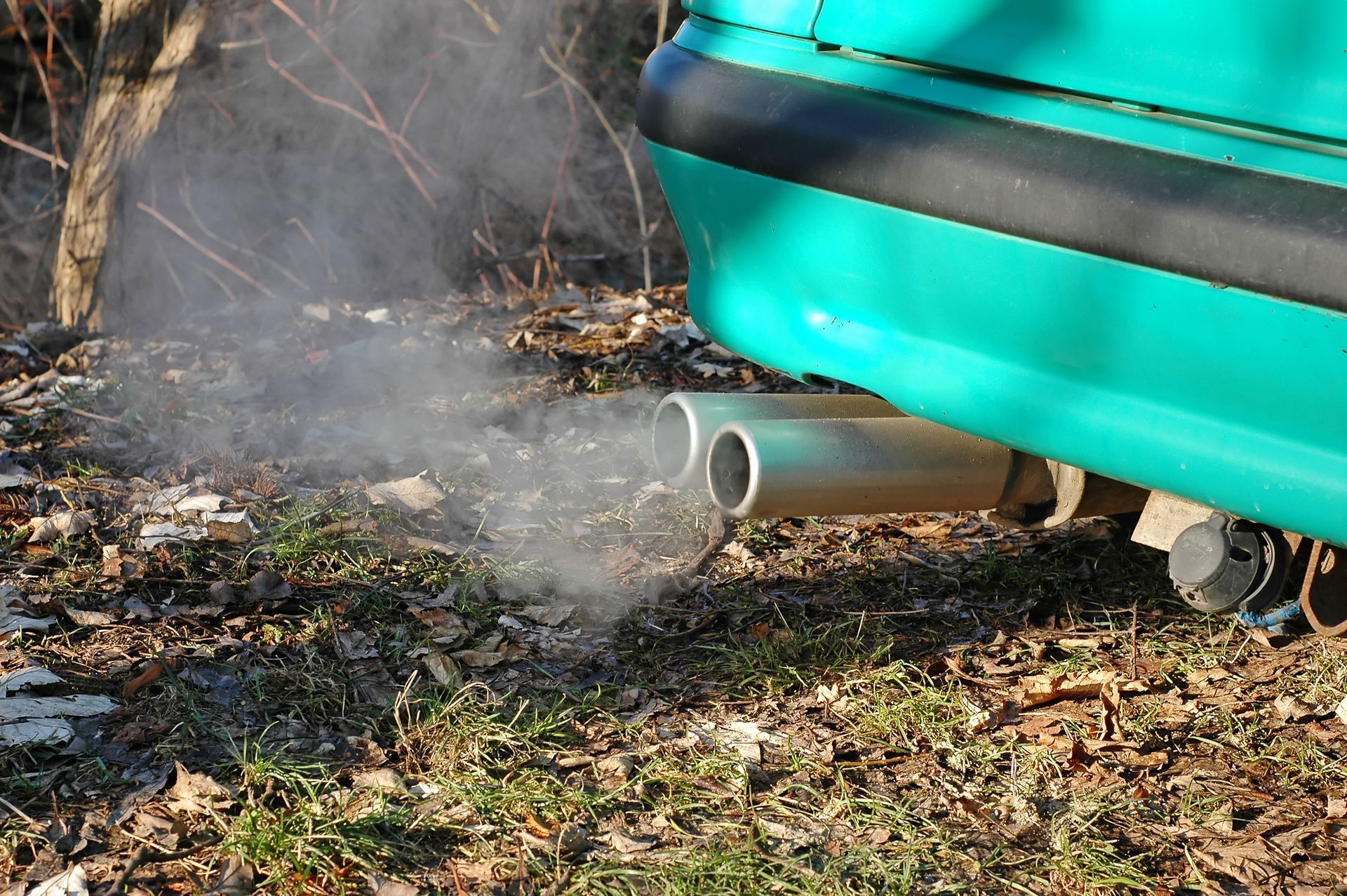
What to do if you cars exhaust is smoking!
If you’ve noticed blue smoke
or white smoke coming from your exhaust, it’s a clear sign something isn’t right under the hood. While it might seem like a small issue at first, smoke from the tailpipe often indicates a serious mechanical problem that needs immediate attention.
At Big 10 Tire Pros, we’re here to help you decode what that smoke means and what to do next—before the issue causes long-term engine damage.
Blue Smoke vs. White Smoke: What’s the Difference?
Both blue and white exhaust smoke are signs of trouble, but they point to different issues. Here’s how to tell them apart and what each color means.
Blue Smoke from Exhaust
What it means: Your engine is burning oil. Common causes of blue smoke:
1. Worn Valve Seals or Piston Rings
When these internal engine components wear out, oil can seep into the combustion chamber and burn along with the fuel—creating blue smoke.
2. PCV (Positive Crankcase Ventilation) System Failure
A faulty PCV valve can cause excessive pressure inside the engine, forcing oil into the cylinders.
3. Turbocharger Leaks (if applicable)
If your car is turbocharged, a failed turbo seal can allow oil to enter the intake system and burn off as blue smoke.
4. Overfilled Oil
Too much oil can cause excess pressure and lead to oil burning off in the combustion chamber.
5. Worn Cylinder Walls
In high-mileage engines, worn cylinder walls may allow oil past the piston rings and into the combustion process.
White Smoke from Exhaust
What it means: Your engine may be burning coolant. Common causes of white smoke:
1. Blown Head Gasket
This is one of the most serious causes of white smoke. It allows coolant to leak into the combustion chamber and burn off as white vapor.
2. Cracked Engine Block or Cylinder Head
Extreme heat or engine stress can cause internal cracks, letting coolant or water into the combustion chamber.
3. Coolant Leak into Intake Manifold
In some engines, coolant may leak through the intake system and cause consistent white smoke—especially when the engine is cold.
What About Steam or Condensation?
If you only see white vapor when starting your car on a cold morning, it might just be condensation. This should go away within a few minutes as the engine warms up. But if it continues, it’s time to get it checked.
Why You Shouldn’t Ignore Exhaust Smoke
Whether it’s blue, white, or even black smoke—persistent exhaust smoke can lead to:
- Engine misfires
- Loss of power
- Increased oil or coolant consumption
- Catalytic converter damage
- Complete engine failure if left untreated
Get a Professional Diagnosis at Big 10 Tire Pros
At Big 10 Tire Pros, our experienced technicians will quickly diagnose the cause of the smoke and recommend the right repair. We use industry-leading diagnostic tools to inspect your engine, gaskets, valves, and emission systems.
Full engine diagnostics
Oil and coolant pressure testing
Repairs for valve seals, head gaskets, turbos & more
Service for all makes and models
Fair, transparent pricing
Serving Jackson and Surrounding Mississippi Communities
We proudly serve drivers across
Jackson, Pearl, Brandon, Flowood, Clinton, and Ridgeland, MS . If you’re seeing smoke from your tailpipe, don’t wait—it’s not going away on its own.
Schedule an Appointment
At BIG 10 TIRE PROS, we understand that your time is valuable. That's why we offer convenient hours and flexible appointment scheduling to accommodate your busy schedule.
SHARE THIS

